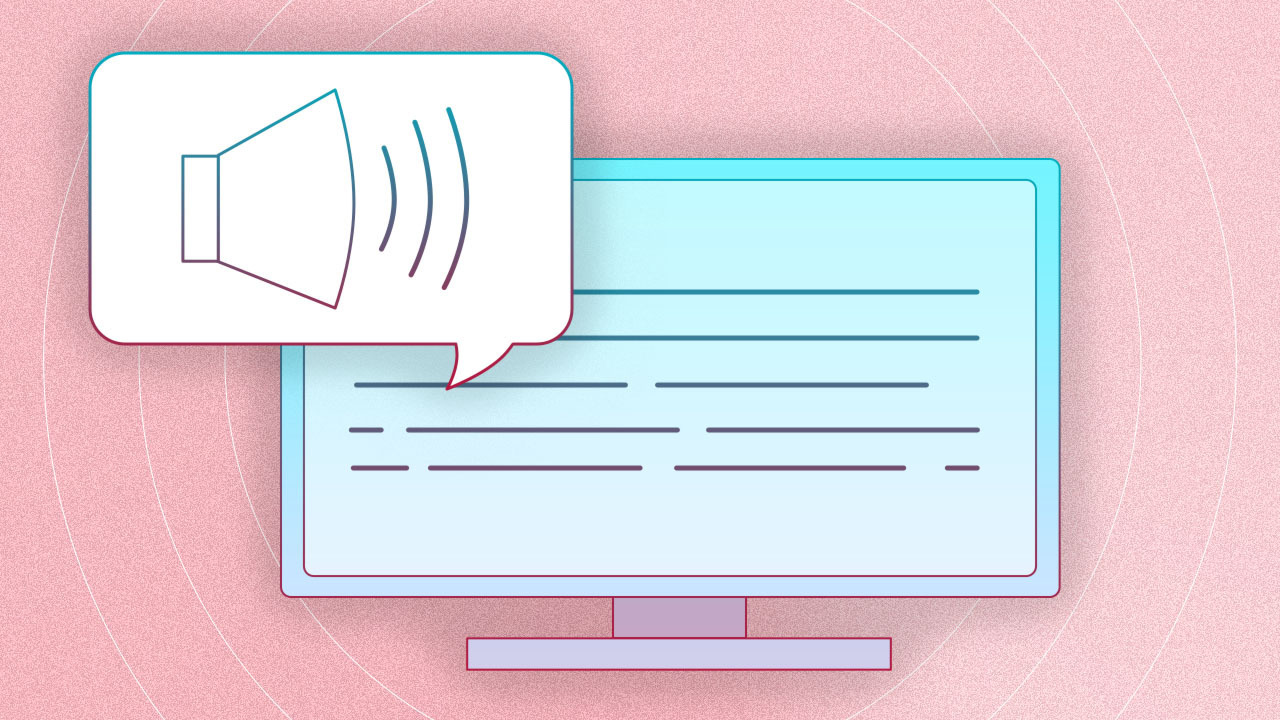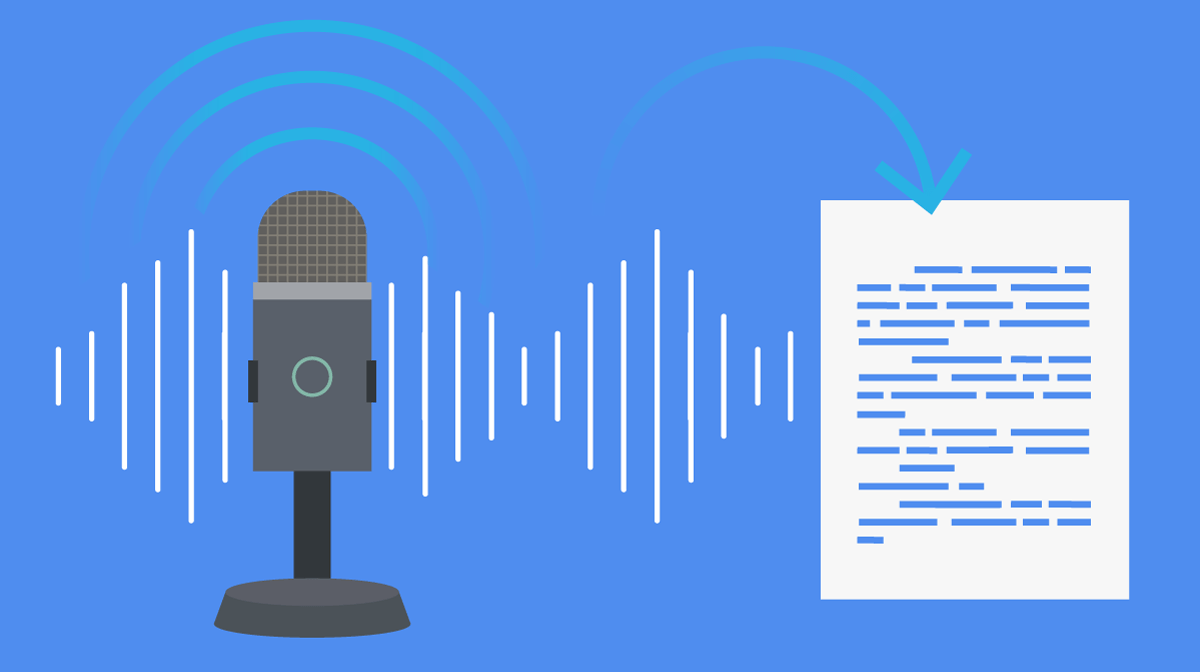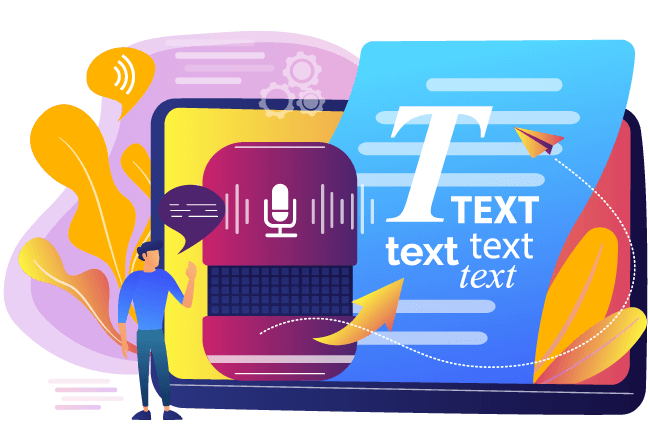Artificial Intelligence (A.I.) development is now at the point that you can use an online tool to create a digital voice based on an existing voice: your own voice or any other audio file you upload.
What is the most common text-to-speech?
Text-to-speech (TTS) is the artificial production of human speech. A computer system used for this purpose is called a speech generator or speech synthesizer. Systems differ in the manner in which they synthesize the human voice, from synthesis by simple sound playback, to more complex methods such as concatenative synthesis which includes diphone deposition.
The implementation of TTS systems varies widely according to application requirements. For instance, the quality of text-to-speech output has been limited by both computer memory and processing power until recently, when digital signal processing (DSP) techniques became powerful enough to handle the complexity of human vocalizations.
Text-to-speech systems are used in many applications: mobile phones, assistive technology, multimedia presentations and information kiosks.
The most common text-to-speech generator is the Microsoft TTS engine. It’s used by Apple, Google and Amazon for their TTS products and services.
Text to speech (TTS) is a technology that converts written text into an audio file. It can be combined with other technologies like speech recognition to create software that converts spoken words into text.
Text to speech is used in many applications such as digital assistants like Siri and Alexa, online translators and mobile apps like podcasts or audiobooks.
What is the best text speech?

The best text-to-speech generator is the one that suits your needs.
Text-to-Speech (TTS) is a software or service that allows users to generate speech from digital texts. It is often used in applications such as automated phone menus, speech recognition systems and information kiosks. There are many different types of text-to-speech engines available, each with its own pros and cons.
There are two main categories of text-to-speech software: free online services and paid desktop applications. Online text-to-speech tools allow you to convert any text into audio files or MP3s, but they have limited features compared to desktop applications that can do much more than just convert plain text into speech.
Free online TTS tools like Google Translate and Bing Translator allow you to easily convert any text into audio files in multiple languages
. You can use these tools by pasting your text into their search bar or by uploading a file from your computer. These services also have some limitations — for example, they may not be able to read complex sentences correctly or pronounce non-English words correctly (and they may also mispronounce words even if they’re in English).
How do I make my TTS sound natural?
There are many factors that go into making a TTS sound natural. While it can be hard to achieve, there are a few things you can do to improve the quality of your text-to-speech system.
The first thing you need to do is get the right voice for your application. The voice is the most important part of the text-to-speech system and its quality will determine how natural the TTS sounds.
You can find lots of free voices online that you can use in your apps. However, if you want something more high quality then you should consider purchasing from vendors such as Nuance or CereProc who provide customized voices for specific applications.
There are also some third-party companies offering pre-trained voices for specific languages such as French or German which may be useful for your application if it supports multiple languages or dialects.
Once you have chosen a voice, then it’s time to train it so that it starts sounding more natural with your application’s language!
Why was text-to-speech invented?
Text-to-speech, also known as TTS, is a process of transforming a written text into speech. It can be used in various applications like mobile phones, personal computers and many more.
It’s widely used today in various applications like mobile phones, personal computers and many more. Text-to-speech is a very useful feature that can be used in different ways.
The main purpose of TTS is to make it easier for people who are visually impaired or blind to read and understand the text on the screen. It is also used to generate audio versions of documents for those who may find reading difficult for any reason, such as dyslexia or blindness.
How does text to speech improve accessibility?

Text-to-speech (TTS) is a technology that converts written words into spoken words. This can be helpful for people who have visual impairments, dyslexia, or other disabilities that make reading difficult. Text-to-speech software also makes it easier for people with limited English language skills to understand written English.
Text-to-speech software can be used on computers, smartphones, and other devices that have a screen and microphone. The most common programs use a computer’s built-in TTS engine or a third-party application such as Google Chrome’s built-in Text To Speech feature.
If you want your website to be accessible to all users regardless of physical ability, then you will need to add text-to-speech functionality so that visitors can listen instead of read your website content if they wish.
How do I improve text-to-speech accuracy?

Text-to-speech tools are becoming more and more popular. They’re useful for everything from communicating with your phone to reading books out loud.
But they’re not perfect.
Text-to-speech systems are only as good as the data they’re trained on. And while they’re getting better all the time, there’s still room for improvement.
There are a number of things you can do to improve the accuracy of your text-to-speech tool:
Use real, human voices instead of robotic ones. If your text-to-speech tool is using a robotic voice, try changing it to use a real human voice instead. You’ll get better results — especially if you’re trying to learn a language or listen to audiobooks or podcasts. You might have to pay for this feature, but it’s worth it if you’ll use it a lot.
Use fewer words per sentence when possible and avoid complex sentences where possible. This will help reduce the chance of errors and improve the naturalness of the speech output (a major problem with many existing systems).
Is there any free text-to-speech?

The answer is yes. There are a number of free text-to-speech services out there, and some of them even offer the option to create your own voice and use it in your projects.
Text-to-speech (TTS) is the process of converting written content into speech. TTS is used for entertainment, education, accessibility, and other purposes. The term “text-to-speech” is typically abbreviated as “TTS”, and the technology as “TTS systems” or “TTS engines”.
A growing number of companies offer free text-to-speech services over the internet. These free options are often limited in functionality, but they can still be useful if you’re on a budget or just starting out with TTS development. Some companies also offer commercial TTS products and services that may better suit your needs.
How do I turn text into speech?

There are several ways to turn text into speech. You can use a text-to-speech (TTS) service to convert plain text into an audio file, or you can use the built-in speech-synthesis features on your computer or device.
To convert plain text into an audio file, you can use a TTS service like Google Translate or Apple’s Siri. These services can read out any text you give them — even large blocks of text at once — though they may not be able to pronounce unusual words correctly.
You can also use the built-in speech synthesis features of your computer or device to convert plain text into spoken words. This option is often called “Text to Speech,” but it may have another name depending on which device you’re using. For example, on Windows 10 devices, it’s called “Speech Recognition,” and on Android devices, it’s called “Google Assistant.”
FAQ
What is the future of text-to-speech?
You might be surprised at how far this technology has come in just a few years. The recent advances in deep learning have made it possible for computers to “listen” and interpret human speech, which has given rise to some incredible applications.
With advancements in natural language processing (NLP) algorithms, we’re now able to build systems that can recognize and process spoken commands with high accuracy. These systems use deep learning techniques like recurrent neural networks (RNNs) and convolutional neural networks (CNNs) to analyze audio signals from users’ voices or from audio files stored in the system’s database.
What are the drawbacks of text-to-speech?
There are several drawbacks of text-to-speech. It is not a perfect process. When you write a sentence, it is not always easy for the computer to understand it. Text-to-speech can sometimes read words incorrectly or pronounce them differently from what you intended. It takes time to write the text and then have it read aloud by the application or program you are using. It can be difficult to write a long document using this method because it is time-consuming and tedious work that requires a lot of patience and concentration on your part.
What is the most realistic text-to-speech voice?
The most realistic text-to-speech voice is the one that sounds most like a human speaking. If you’ve ever watched The Terminator movies, you’ve heard this kind of voice before. It’s called concatenative TTS, and it’s made by taking recordings of real people speaking and using them as “samples” for a computer program to use as reference points for generating speech. Text-to-speech voices are still pretty primitive compared to human voices, but they’re getting better all the time. You can hear some examples of concatenative TTS here.









